Retrospective: DIA Game Jam #4
Another new member joins us as we taste a new game jam!
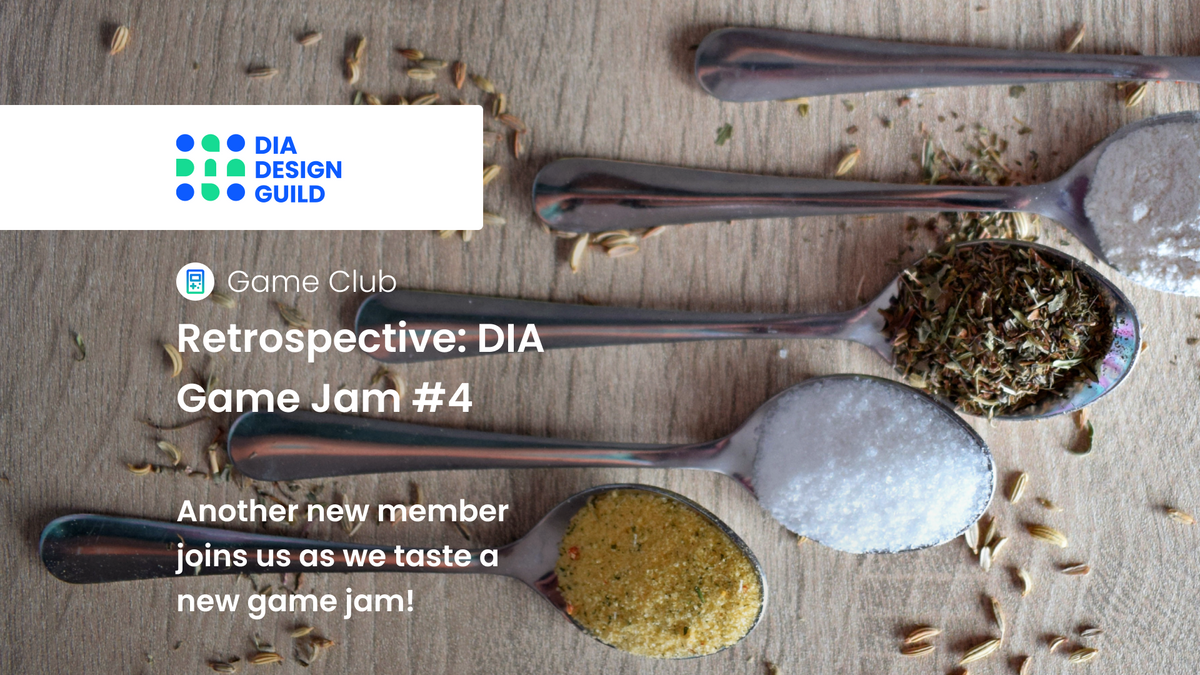
The DIA Game Club runs a monthly game jam where members get together and have fun making games in a supportive environment.
In this series we're giving non-Game Club folks a chance to see what it's like participating in a game jam and sharing what we learned along the way. We hope you learn something new after reading!
Four your consideration
It’s time four another DIA Game Jam retrospective! (Get it?) Four the fourth month of the year we have another new addition to the Game Club, making it… Four people!
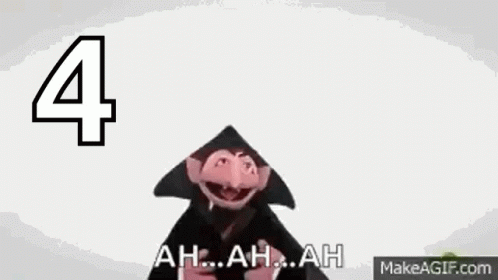
Okay, we’ll stop now. Read on to find out more!
Desired outcomes
Following the third jam, we wanted to keep the following outcomes for our fourth jam:
- Effective. Would it help us be more creative and intentional?
- Sustainable. Could we consistently do this?
- Enjoyable. Is it fun to do?
- Replicable. Can this format hold up with different themes, tools, etc.?
- Accessible. Will newcomers feel comfortable with this format?
Since we had three members who went through at least two game jams, we included a new outcome to test the waters:
- Challenging. How soon can newer members start using more complex tools?

The tool
Our tool for this month is PuzzleScript, “... an open-source HTML5 puzzle game engine” that lets you make games similar to Sokoban using a scripting language.
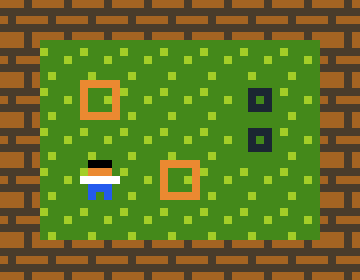
Following our jam format’s philosophy, we wanted to help folks quickly gain experience in a variety of game genres. So far we only used narrative-focused tools (Bitsy and Twine) and wanted to spread our wings a little. What better way than with a cute little engine?
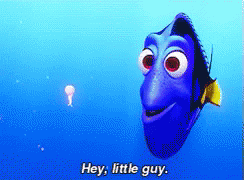
However this decision wasn’t made without some concerns: The new member who joined us this month was fresh in her game making journey and had no coding experience. What would her experience be like? Would this be too difficult for a total beginner?
Theme
April’s randomly generated theme word is “taste”. Taste can mean a lot of things, such as one’s taste buds, one’s preferences in style, and even a tiny hint of what’s to come.

This theme is fertile with possibilities… At a glance. Would we be able to come up with interesting concepts beyond what’s already obvious?
Constraints
Since most of us seemed to struggle with learning PuzzleScript, we decided to impose some constraints on ourselves for this jam to help the making session go smoother.
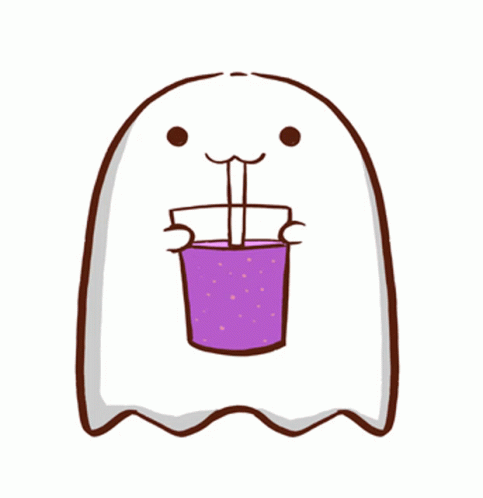
For Jam #4’s entries, there had to be:
- 2 distinct moveable object types. For example, if a rule states that a moveable rock can be pushed in a single direction per avatar movement, then a moveable plant in the same game must be moved via a different rule.
- Only 1 level. This was to help prevent scope creep in everyone’s entries.
Participants and their entries
We’re thrilled to announce another addition to the Game Cult Club, Vanya Hsu! With her are Jam 3’s participants, Alex Forseth, Elizabeth Mitchell, and Justin Kim.

Vanya
Hi everyone, I am Chun-Ling “Vanya”, I am a DIA intern doing UX research and also a grad student in cognitive psychology.
I really like the simplicity and functionality of PuzzleScript. As a beginner in game development, it provides a good experience of getting to know the concepts and essential elements.
My idea was to make chocolate S’mores! Blending the recipe into puzzle game rules to build the level by putting this simple daily knowledge into games.

What didn’t go well: Designing a good rule with good interaction was my biggest challenge.
If I had more time: If I had more time, I would try to design different levels into a comprehensive story and make the rules smart and accessible.
Learnings: I realized how hard it is to make a game that has a medium level of difficulty.
Feedback: Others seemed to like the concept and winning condition I set for the game, and everyone in the club was so supportive.
Elizabeth
Hi! My name is Elizabeth. I am a DIA Apprentice and work as a UX Developer.

This was my first time hearing about and interacting with PuzzleScript. I enjoyed making characters and levels throughout the month we worked with the tool. My initial game was a multi-level game featuring a cat who would bat cat toys into baskets.
For my game jam game, you play as a turtle and interact with berries, discovering which food is tasty for the turtle.

What went well: I was able to brainstorm a concept fairly quickly and work on the mechanics of the game. I learned to make items disappear when they are interacted with to simulate eating.
What didn’t go well: The game is visually very simple and could visually look better. The game could also use better color contrast throughout to be more visually accessible and understandable.
If I had more time: I had a lot of ideas that were similar when brainstorming. I knew I wanted some type of animal to eat leaves or berries. The challenge in the hour for the jam was to quickly create different shapes to represent plants and animals. The fruits are blueberries, strawberries, and green-colored berries. If I had more time, I would work on making clearer representations of plants and animals. I would also make sure there is clear color contrast between the background and the more dynamic parts of the game.
Learnings: An hour is not enough time to build out a full game, but is enough time to consider an idea and make that idea come to life. I discovered through PuzzleScript that I am interested in designing simple characters. One week I made various monster characters and enjoyed myself. PuzzleScript is a system I hope to work more with in the future.
Alex
Hello! My name is Alex, and I am an aspiring Games User Researcher also interested in Data Analytics. I like learning about the player experience and how to use that to make better games!

I was a little intimidated at first, but ended up enjoying the tool! Also, my base coding knowledge helped me out a little bit.
My game idea was to create a matching game with a simple premise but a tricky mechanic where players had to give a specific type of food to a specific customer (i.e. sweet to sweet, sour to sour).

What went well: It seems like my tricky mechanic was indeed tricky according to some feedback by the fellow jammers. Huzzah!
What didn’t go well: I realized after finishing coding the mechanic that my puzzle seemed unsolvable. The mechanic was that one food moved in the same direction the player did, but the other food moved the opposite direction. After playtesting it myself, I realized that it was impossible to get the foods in the right place. This was a hurdle I did not anticipate.
Feedback: Other jammers seemed to like it, especially the tricky mechanic.
Justin
Hello, Justin here! I’m the founder and head of the Game Club, UX & Product Designer, and Game Maker. I enjoy exploring fun ideas that pop into my head and sharing them with the world.

This was my first time using PuzzleScript and I had a lot of fun exploring a genre I don’t play often.
Apples and Oranges vs Bananas is a game where you, a mighty and proud banana, put those uppity little apples and oranges in their place. Show them who tastes the best!

What went well: I managed to make a working game, which is good enough in my book. 👍 The constraints helped me figure out what I wanted to do faster and eliminate ideas I didn’t want to use.
What didn’t go well: I felt like I struggled with the puzzle design in that I failed to come up with interesting mechanics. The objects’ movement rules were pretty standard for a PuzzleScript game and I felt like they didn’t contribute to the theme of taste very well.
If I had more time: I’d love to make more interesting and relevant mechanics if I had the time, as well as iterating more on game concepts centered around “taste”.
Learnings: A strong concept goes a long way throughout the game making process. Good mechanics do their jobs, great mechanics strengthen the theme of your game. Constraints can help you be more efficient with your time.
Overall…
We found this fourth jam to be:
- Challenging. Two members with experience and one brand new member were able to successfully make games using the tool of the month.

Bonus points and another step forwards
In addition to this month’s latest outcome, we also confirmed last month’s outcome of the jam being:
- Accessible. Vanya was able to join in using a tool that’s harder to use than Twine or Bitsy and make it through the jam.
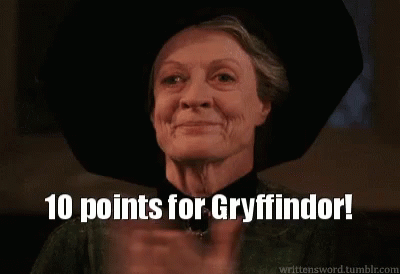
We’re grateful that the jam was able to improve even more this month.
That's all, folks!
Thanks for reading about our game jam! To keep up with future jams we do, don't forget to subscribe to DIA's newsletter and follow us on LinkedIn.





